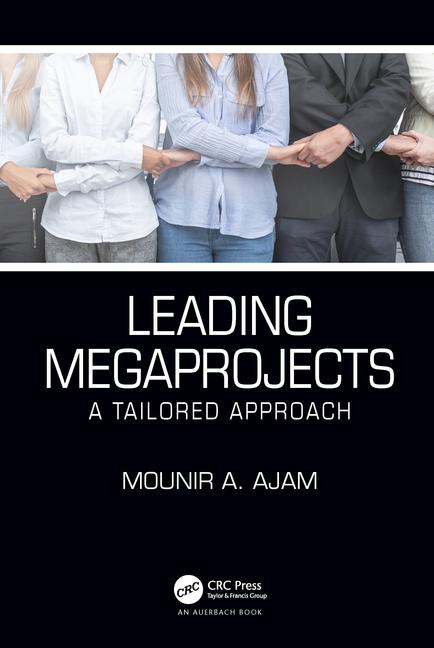Part of the following is from our book on Leading Megaprojects, A Tailored Approach. It is about the illusion of risk transfer that project owners might experience as a result of fixed-price contracting. We will first address the culture of fixed-price contracting, and next, we will discuss the illusion of risk transfer.
Let me start with a few notes and clarifications. We define megaprojects as massive projects with capital costs around US$1 billion and a high level of complexity. Industrial megaprojects seem to perform better than infrastructure megaprojects. However, at best, what we have seen reported is a 35% success rate on the high end and as...
In this post, I am taking a small section from Chapter 1 of my upcoming book, Leading Megaprojects, A Tailored Approach to deal with what I call blockers of project management knowledge. The type of people who think that everything we need to know has been invented and no room for new knowledge or another...
The following content is from Chapter 2 of Leading Megaprojects, a Tailored Approach. We want to define these terms for the context of the book. Further, we also post them here since various practitioners might have different definitions. We will be posting other definitions in the next few days. For today, we will define ‘what...
The following file includes the challenges that we have identified for megaprojects from observations, experience, literature review, and case studies. The table is from our book, Leading Megaprojects, A Tailored Approach, which is work in progress now.
Let us repeat the title question: Do project owners need help transforming to lead megaprojects? Studies by the Independent Project Analysis (IPA) and others have clearly identified a few key facts. The facts include project owners that manage their own projects directly, achieve better results than if the projects were managed by external parties. Another...
In the previous post, we wrote explaining why we are writing a book about megaprojects. In this post, I will share one of the chapters that discuss two megaprojects. These megaprojects share a lot of similarities but different outcomes. This chapter is from my upcoming book, Leading Megaprojects, a Tailored Approach.
We define megaprojects as massive projects with capital cost around US$1 billion and a high level of complexity. Industrial megaprojects seem to perform better than infrastructure megaprojects. However, at best, what we have seen reported is 35% success rate on the high end and as low as 0.5% on the other end. We do question...


